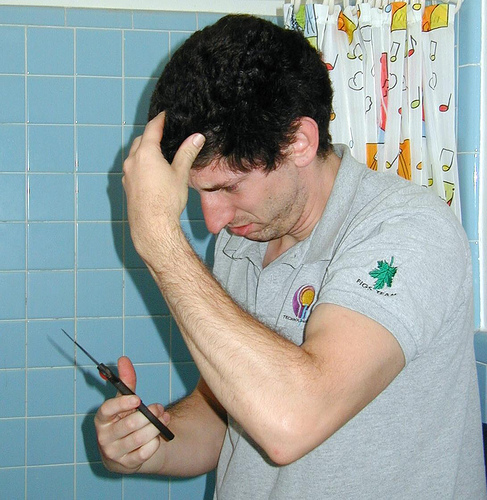Hair Removal: Is It Worth the Risk?
As human beings, we have hair in every part of our body, even in places that we don’t want the hair to be. And for a couple of decades now, there have been many ingenious ways that were invented or developed to remove unwanted hair. But since hair is something that naturally grows in our body, are there side effects when we remove these unwanted hair? Here’s a quick look at the many different ways hair can be removed and whether or not there are known risks or side effects.
Shaving
As a temporary way of hair removal, shaving is the most popular. It is also very easy to do, not to mention one of the least expensive methods. All you need is a trusty razor – you can use a cheap disposable one or an electronic one – and moisturizer. Never shave on dry skin, as doing this can easily irritate your skin. Always apply moisturizer – shaving cream, conditioner, or body wash – before shaving to help avoid cuts and scrapes and to help the razor to easily glide on your skin.

Contrary to what most people believe, shaving doesn’t really make the hair thicker or darker, nor does it grow any slower or faster than it already does. It only appears to be thicker since the hair we see on the surface are the blunt tip and not the natural tapered tip. Common side effects include possible scrapes or cuts, razor burn if not handled properly, and itchiness when the hair grows back.
Plucking and Pulling
Physically plucking or pulling your unwanted hair is another way to deal with it. The hair needs to be long enough to be grasped and pulled at the shaft (with tweezers or other techniques), and removed from the follicle. And just like shaving, it does not make any significant changes on the hair itself. Although it might take longer for the hair to grow back than when you shave it, the growth rate will depend on your body’s natural growth rate. Repeated pulling and plucking may damage the hair follicle in a way that the hair may no longer grow back. One of the main disadvantages of this method is that it is very time-consuming.
Waxing
To remove hair in larger areas of the body faster than plucking, one can opt to have it waxed. There are some waxing materials sold for individuals who would like to do it themselves, as well as establishments that offer waxing services. If you go to a waxing service, make sure that the establishment highly observes the health guide for skin penetration procedures.
Waxing works by heating wax enough for it to be spread easily on the area of the skin where the hair is to be removed. This allows the wax to firmly grasp the hair. A piece of paper or wax strip is usually placed on top of the wax right after it is spread over the skin area. As the wax dries, the hair and the wax strip will stick together. The paper will then be pulled off quickly, taking along and pulling out the hair. This method is quite painful and may not be a very attractive method for first-timers. It works the same way as pulling; the only difference is that it removes large amounts of hair and can cover a larger area faster.
Laser Removal
Probably the most expensive hair removal method is the one that uses laser. This can be done by a licensed practitioner who has the right laser equipment to do the procedure safely, or by yourself with the use of some laser equipment sold in most specialty stores or online. The laser used will shoot low-energy beams into the skin that is then converted into heat that will burn and destroy the root of the hair. This will then permanently remove the hair which will not grow back anymore. If the thought of a laser and its possible side effects is stressing you out, think it through or discuss it with your dermatologist. The side effects – swelling and redness of the affected area, pain, and discoloration – are no laughing matter.
Featured images:
- License: Creative Commons image source
Ryan Rivera offers free informational materials on anxiety and stress. As a survivor, he aims to help other sufferers defeat the mood disorder as well. He has lots of free informational materials available at www.calmclinic.com.

